Service Equipments
Fabrication
TYPE OF WELDING
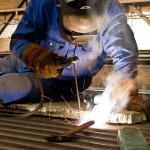 Arc Welding
Arc Welding
Generally known as stick or arc welding. Arc welding is the most basic of all welding types, is easy to master in a home welding situation.
Stick welding can be used for manufacturing, construction and repairs, very much well suited for heavy metal size 4 millimetres upwards. Thinner sheet metals and alloys are usually more suited to the mig welding types.
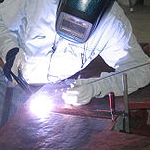 Argon Welding
Argon Welding
Gas tungsten arc welding (GTAW), also known as tungsten inert gas (TIG) welding, is an arc welding process that uses a non-consumable tungsten electrode to produce the weld. The weld area is protected from atmospheric contamination by an inert shielding gas (argon or helium), and a filler metal is normally used, though some welds, known as autogenous welds, do not require it. A constant-current welding power supply produces electrical energy, which is conducted across the arc through a column of highly ionized gas and metal vapors known as a plasma.
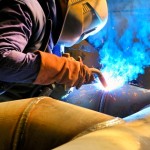 MIG Welding
MIG Welding
More commonly called MIG welding this welding type is the most widely used and perhaps the most easily mastered type of welding for industry and home use. The GMAW process is suitable for fusing mild steel, stainless-steel as well as aluminium.
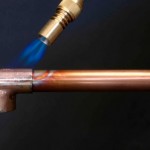 Gas Welding
Gas Welding
Not used as widely for general welding of mild steel. Consists of mixing oxygen and acetylene gas to greate a flame capable of melting steels. Mostly used today for maintenance work and gas metal cutting. Also common for brazing softer metals such as copper and bronze. Can also be used for welding delicate aluminium parts such as refrigeration pipes.
Safety facility in our workshop
Safety is our first priority: While productivity, cost and customer service are core business values, we will not compromise safety for their sake. Our core safety values are: bodily injury prevention, protection of others through self-awareness & environmental cleanliness.
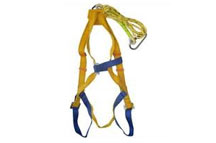
Safety Belt
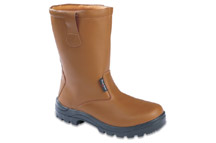
Safety Shoze
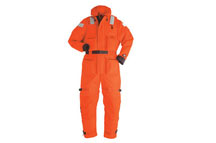
Suit
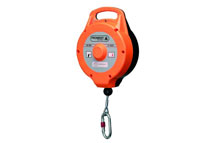
Ffall Arrest
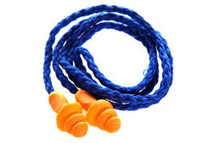
Ear Plug
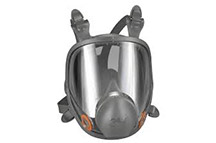
Face Sealed
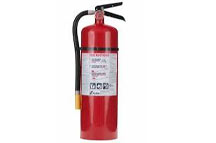
Fire Cylinder
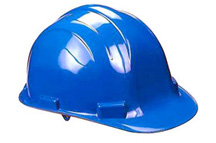
Safey Helmate
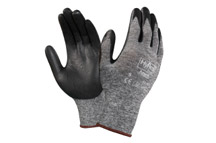
Glows
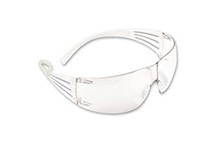
Safety Glass
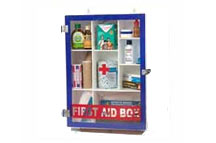
Firstaid Box
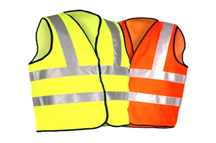
Jackat

Cone
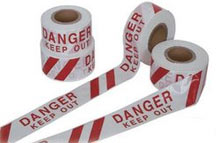
Safety Tap

Safety Shoes
Note: Arrange safety as per work requirement
Workshop facility
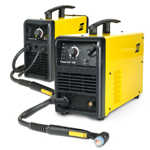
Gas / Plasma
Cutter Machine
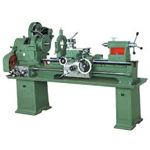
Lathe
Machine
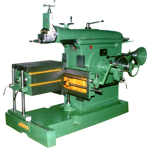
Shaping
Machine
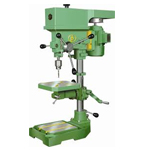
Drilling
Machine
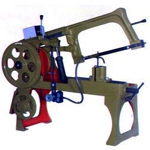
Hexo
Machine
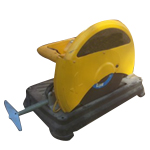
Pipe Cutting
Machine

Electric Panel
3PH / 1 PH
measurement equipment

Digital
Vernier
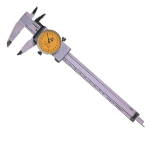
Dial
Vernier

Height
Gauge

Depth
Gauge

Micro Meter
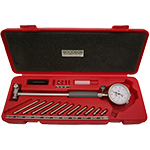
Borgauge







